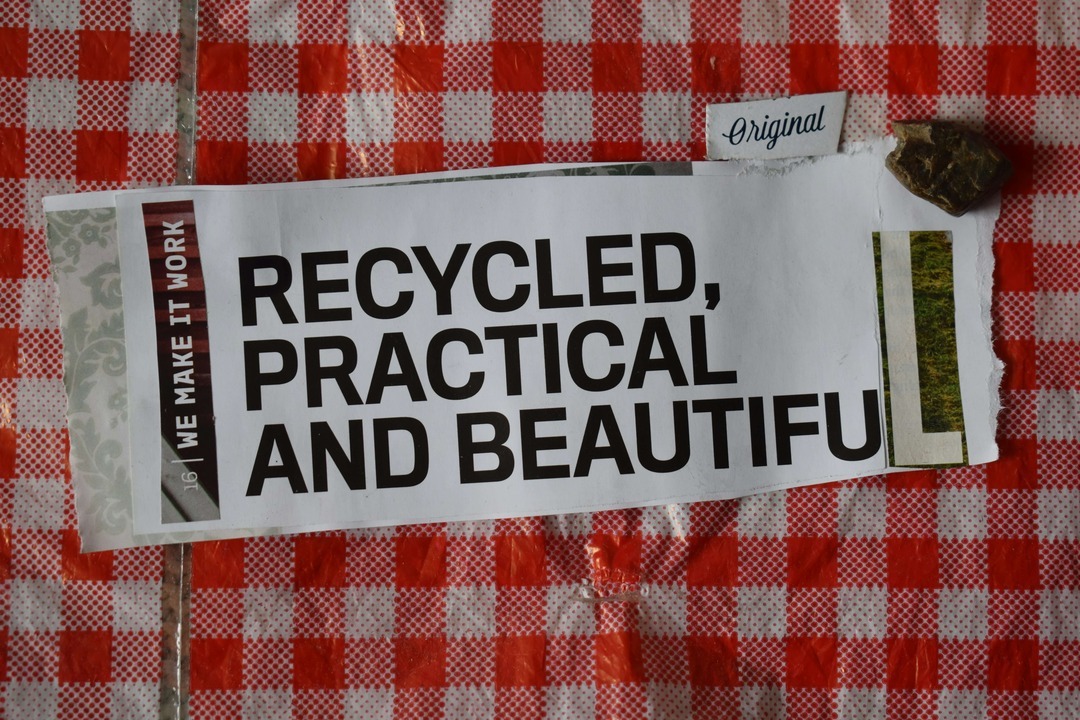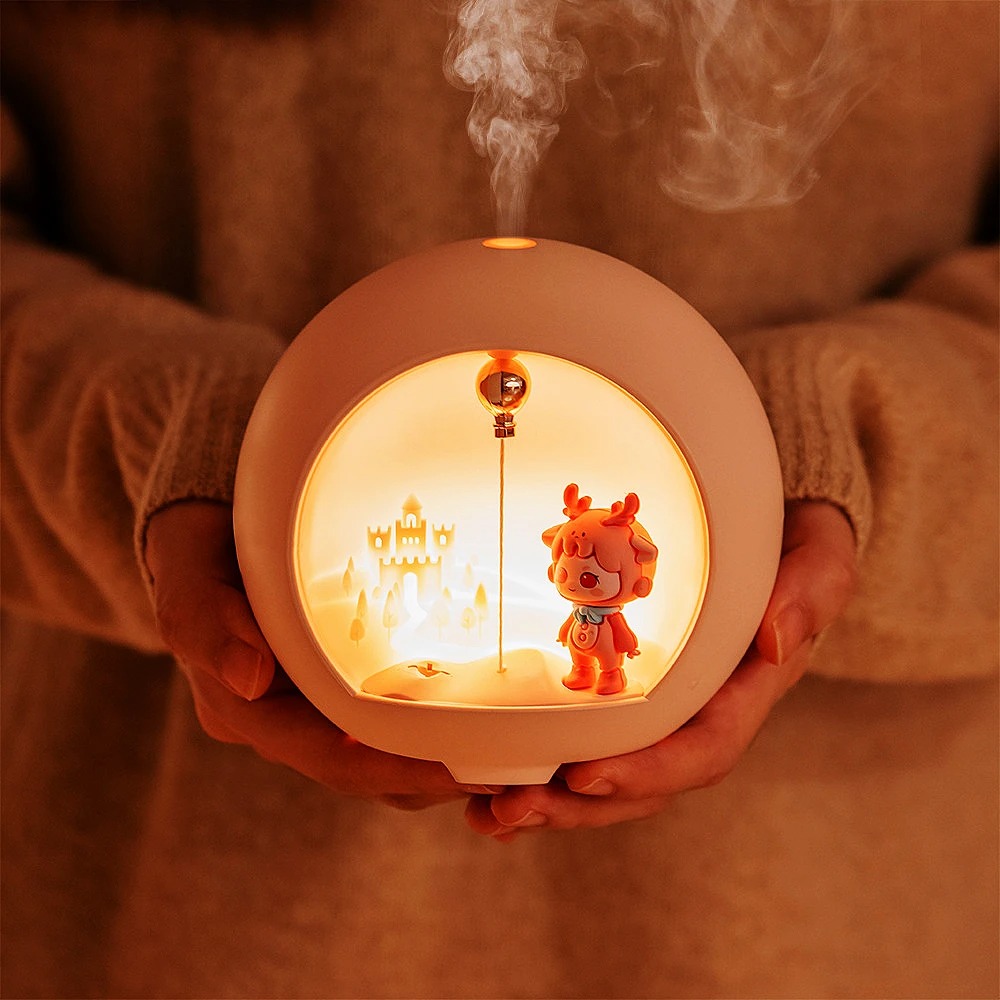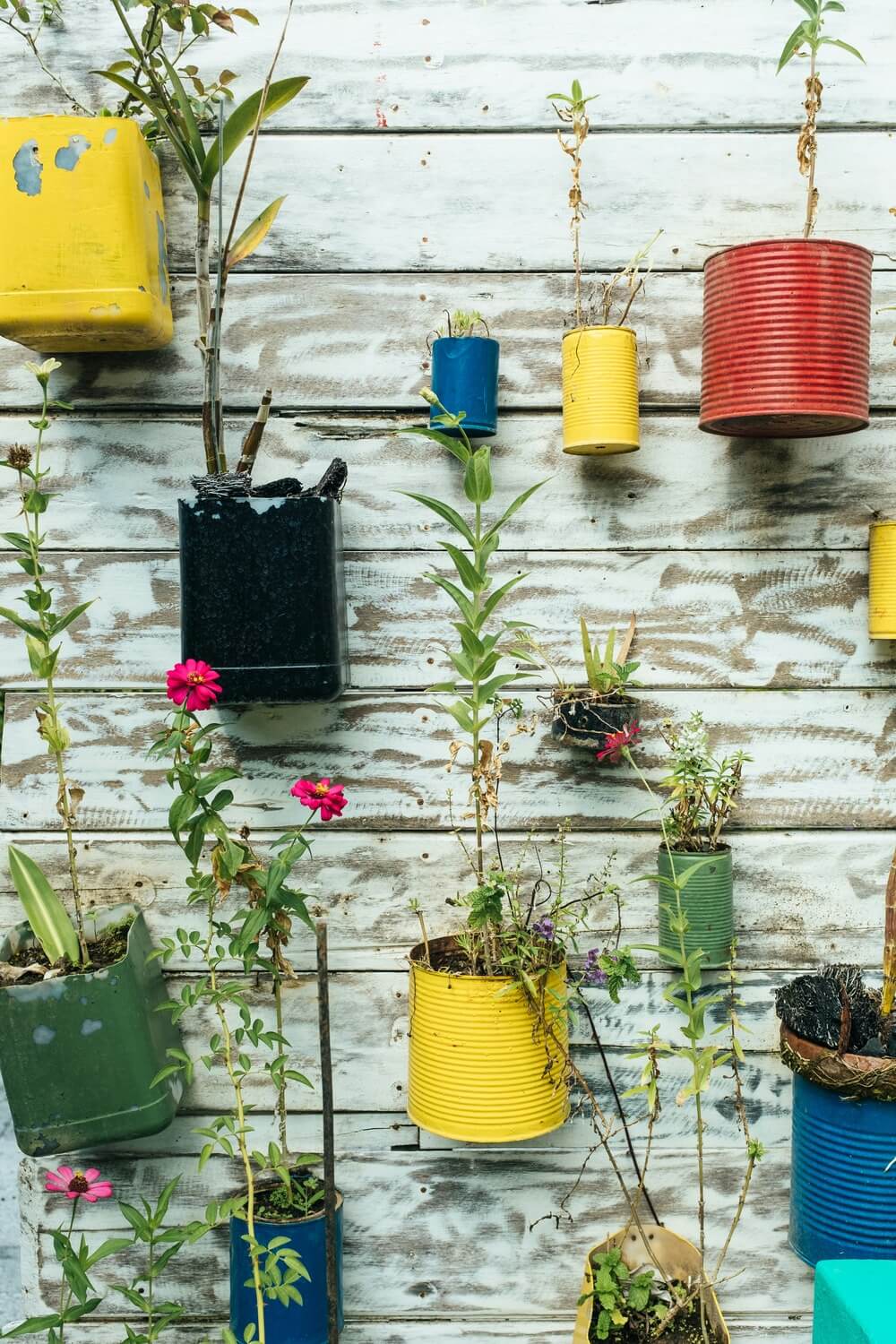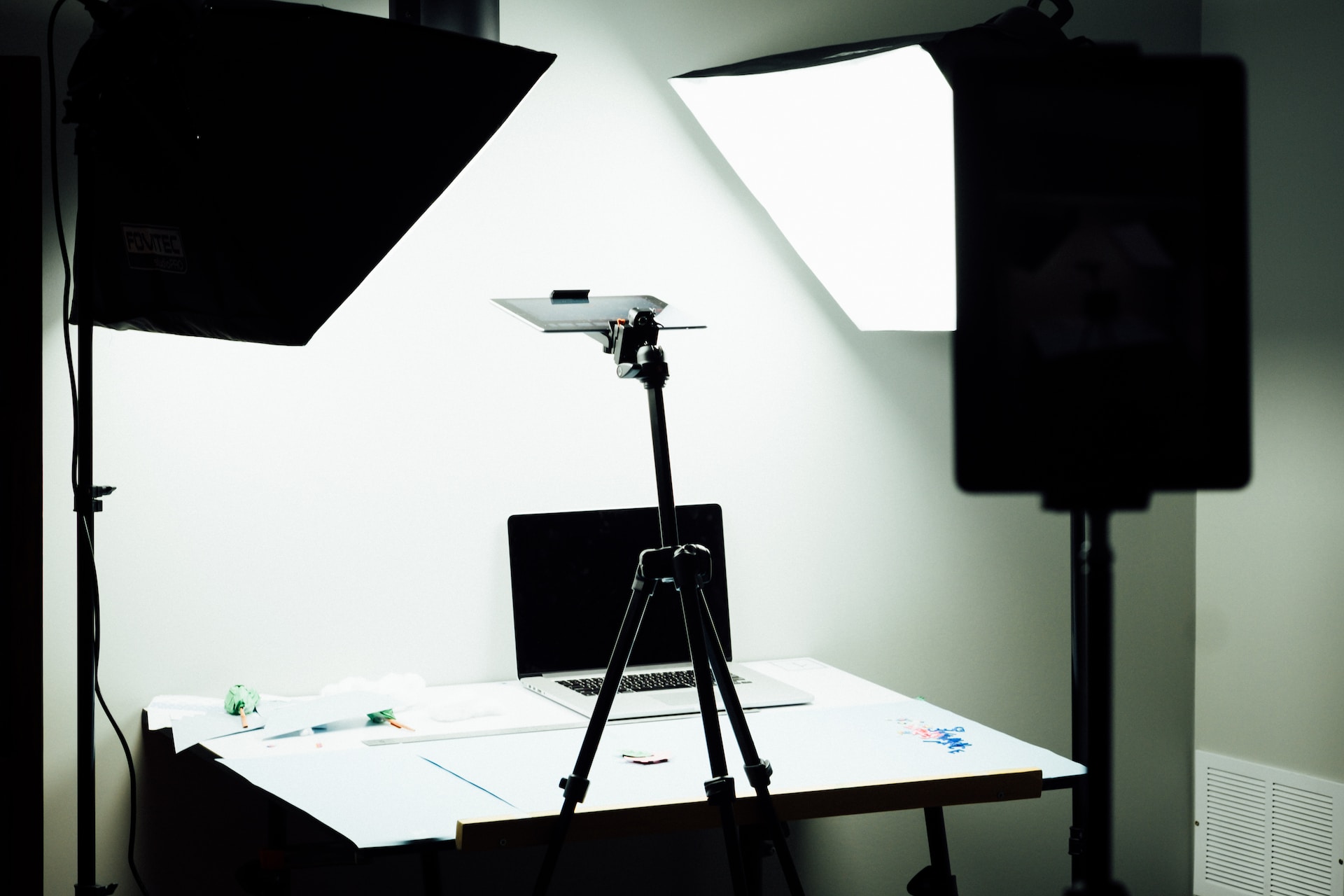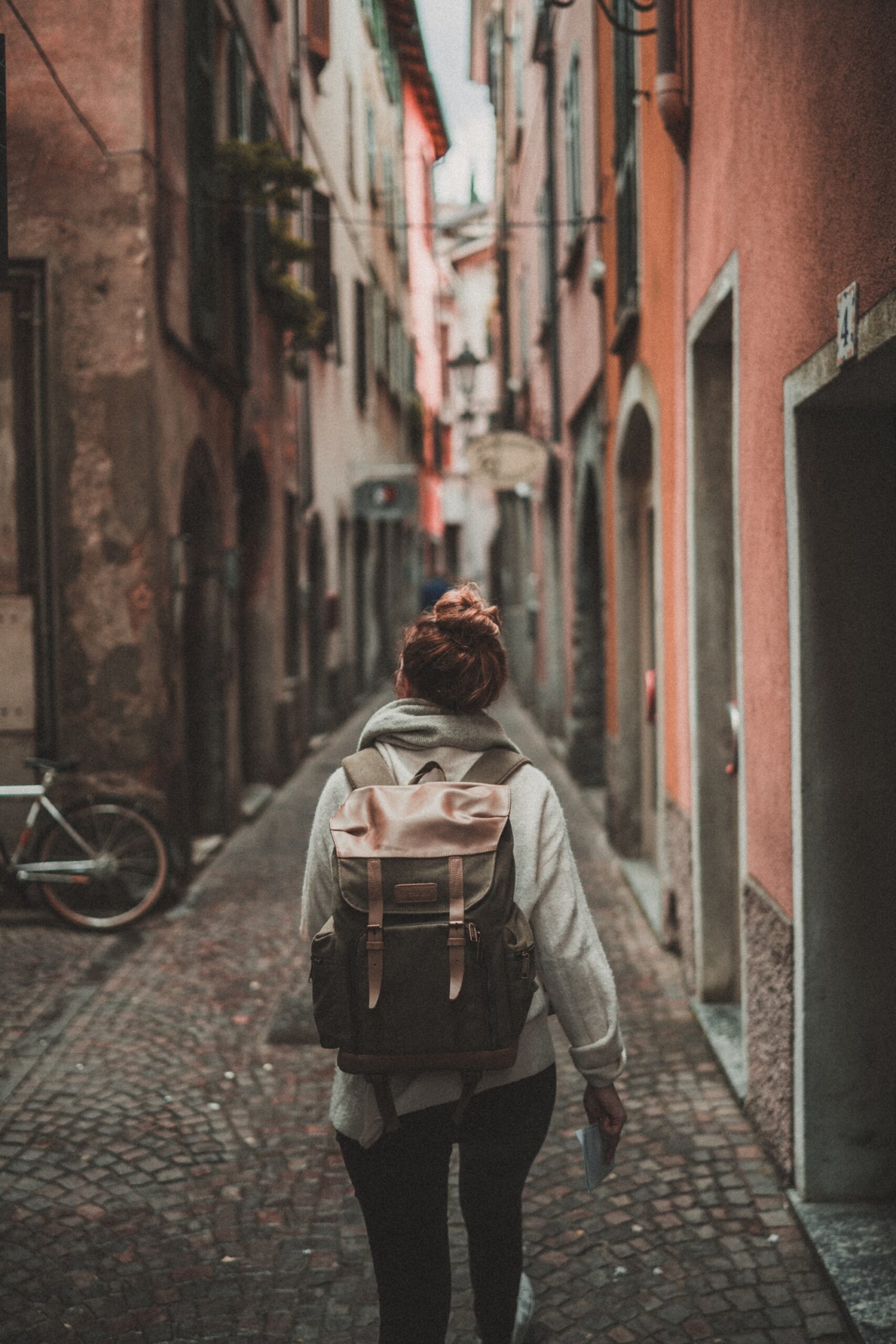
How many bags did you pack for your last vacation? One? Two? Three? Did you spend hours deciding how many swimsuits you’d need? Did you pack that formal dress just in case? What if it rained? What if the nights were cool? What if you tripped and fell into a mud puddle and didn’t have access to a laundry service? Those are the kinds of questions that result in piles of clothing, bags full of toiletries and a multitude of charged, ready-to-use gadgets (that never get used) filling up your suitcase to the 50-lb limit.
Did you really need it all? Did you use it all? Do you think you could have fit it into one bag?
Minimalism is sweeping the travel world, prompting travelers and remote workers alike to whittle down their belongings so that they can fit them into one or two (at the most) bags. They carry their minimal possessions with pride, humble-bragging when someone asks, “Is that really all you packed?”
They talk about how “free” they feel now that they don’t have anything weighing them down. When everything you own fits into a backpack and a single suitcase nothing feels superfluous or unnecessary. With less physical baggage comes less mental baggage, and you’re able to let go of the past while looking forward to the future. Minimalism is the mantra, but you march to the beat of your own drum, figuring out the best systems for you instead of adhering to strict rules or guidelines set forth by a consumption driven society.
What is Minimalist Travel?
Minimalist travel is a form of traveling wherein the traveler only packs the material possessions that are absolutely necessary and nothing more. If you can fit your entire life into a suitcase, you’re doing it right. If you can fit it into a backpack – even better.
An example of minimalist travel is a world in which people spend a year on the road, living out of a single bag. It discourages buying a souvenir in every destination for the sake of buying one to say you got it in x destination. It praises capsule wardrobes and multi-purpose tools. It seeks out efficiency, quality and simplicity over luxury or appearance.
However, minimalism is also part of a greater lifestyle and mindset. Beyond personal belongings, the idea of minimalism relates to freedom and decisiveness, two key components of travel.
How is minimalism so intricately intertwined with freedom and decisiveness? In today’s society, we place a lot of meaning and worth on the things that we own. Our homes are a reflection of us, so they need to be immaculate and perfectly styled. Our clothing shows the world who we are, so we must own the exact right pieces, even if it means buying three pairs of jeans that may or may not look exactly the same. We buy cars to share with the world that we got a promotion or a raise. We consume in order to present our own value to the world.
To put it bluntly: things matter to us a lot more than they should.
At times, we place our desire for more possessions over our personal needs like love, health, passions, and growth. We accumulate so many things that our closets are overflowing, but our hearts still feel empty.
Minimalism is the first step to reversing this emptiness that eventually comes from mass consumption. It encourages people to let go of the things that are cluttering their lives with meaningless items and lean into the things that make us feel alive and truly bring us joy. It breaks the shackles that were holding us hostage to our stuff. It lets us focus on the things that are important, instead of distracting us with things that are shiny.
How to Be a Minimalist Traveler
Minimalism can seem out of reach when you aren’t sure if you’ll be able to easily access necessities in locations around the world. It can be daunting knowing that everything that you’re packing is all that you have. You may be heading somewhere where you won’t have easy access to the items that you’ve grown accustomed to (your favorite shampoo or a familiar breakfast cereal), but, here’s the good news, you might just find a new favorite. However, once you put on your minimalist thinking cap, you’ll realize that it’s not about how much you bring, but which things you bring, and how you approach your traveling experience as a whole.
Let’s start with the first one: what to bring. There are a million minimalist packing lists on the internet, and the main points are pretty much the same, but few are made for people who are living a nomadic lifestyle. Tweak this list to fit your personal preferences and get going. The world awaits!
Start with a light bag
Pro tip: don’t let the bag itself take up most of your weight limit. Your belongings should not literally weigh you down! Whether you want to invest in a lightweight rolling suitcase or commit to a backpack-based lifestyle, make sure that you’re choosing a model made out of materials that can stand the test of time, without the extra weight.
Stock up on mesh packing cubes if you’re going the suitcase route. These will help you stay organized, while giving you a visual on how much stuff you can actually fit in your bag. If you have to sit on it just to zip it up, you’re not doing minimalism right.
The world’s (not) your runway
If you’re a fashionphile, this could be the most difficult part of your minimalist journey. As much as clothing provides us with energy and a way to express ourselves, it can also contribute to the problems associated with materialism and excess.
That’s not to say that you can’t be fashionable when you travel. To fully embrace minimalist travel, we suggest creating a capsule wardrobe. Choose a few pieces that you could wear on any occasion, and make sure that everything matches with everything. Stick to neutrals to avoid packing something that you’ll only wear once a month – on a long-term trip, those items just won’t cut it. Pick materials that won’t wrinkle easily. This isn’t the time to get flashy. It’s the time to get practical and ask yourself what you’re actually going to want to wear day after day in each destination. Remember this: you’ll still have access to shopping in many of the places that you travel to, so if you’re going to be traveling through multiple different climates, plan on donating items as you go.
Get tech-y with it
The key to choosing the right gadgets and gear for your trip is whether or not you can accomplish multiple tasks with them. A laptop? That’s a must-have. A wireless mouse, keyboard and a cell phone that doubles as a hotspot? Maybe. An electric corkscrew? You might want to leave that behind.
So fresh, so clean
Our tip for toiletries: buy them when you arrive, and only get what you need. There’s no use in packing a year’s worth of toothpaste for your trip, or stocking up on your favorite body wash just so it can take up a ton of room in your bag. Most of your destinations will have drug stores or pharmacies where you can grab the necessities.
You could also use this travel experience to embrace a packaging-free lifestyle. Companies are starting to make plastic-free shampoo bars and planet-friendly body soaps. These items will take up less space in your bag and they’re great for the environment – it’s a win-win!
Think of it this way: toiletries are not the key things that bring you joy – so why would you want to take them with you from place to place? Let each city’s unique vibe inspire you to try something new. You’ll never know if Italian haircare is actually better unless you try it for yourself, right?
How to Travel
Now that you’re done packing, the fun part begins: the actual living. Living as a minimalist traveler is about so much more than narrowing down your belongings and holding back from buying more things. It’s about investing in experiences instead of possessions, and thriving on the fact that nothing is keeping you from living the life that you want to live.
Here are some tips on how to make minimalism a core component of your travel experience:
Edit, edit, edit
So you’re three months in to your travels and you realize that you’ve managed to accumulate some extra things along the way. It’s human nature to want to find and store things that seem to be significant or have a bit of value, but when you’re trying to live a minimalist style, extra stuff can be a problem. Once a month, take a look at your belongings and determine whether or not they serve a purpose for you on this trip. If the answer is no…
…Give a little bit
There are going to be moments when you find yourself with more than you need. Maybe your bag isn’t zipping quite as easily as it used to, or you fell off the wagon and bought a pretty tapestry from a local market. It happens.
When it feels like you’re ready to move on from an item, embrace the concept of radically gifting. Find a local organization that supports people in need and see if they could benefit from your item. Perhaps that woman down the street will find your tapestry just as beautiful, and it will serve her more than it does you. Every time you give something away you’ll find that it gets easier and easier to do. With each gifting, you’ll sense that you have less connection to material things, and more of a connection to the people that you’re providing with happiness.
Seek minimalist experiences
Finally, minimalism doesn’t just come down to what you own. It also relates to what you’re doing. Consider following a few slow travel concepts and seek out experiences that fill you up, instead of existing as a checkmark on your bucket list. Look for activities that let you exercise the freedom that you’ve gained from a minimalist lifestyle, like an impromptu weekend spent on an island or a trek to a campsite in the Sahara. You’ll find that spontaneity is abundant when you don’t have to worry about leaving your things behind.
Connect with the people that you meet along the way, and let them get to know you for who you really are, instead of the “you” that your possessions portray. Give in to the feeling that you’re untethered to anything on this Earth except for your own destiny. Pursue your passions and grow with abandon now that the accumulation of things isn’t a priority. Now you know what truly matters – you’re just thankful that freedom doesn’t take up any space in your bag.
